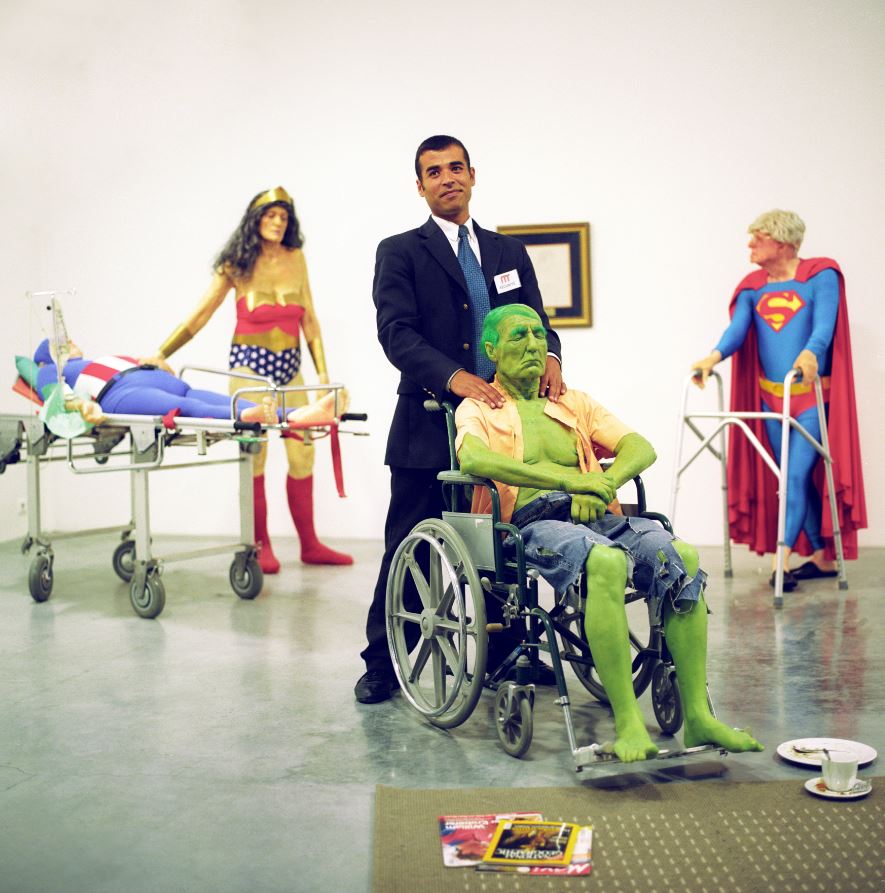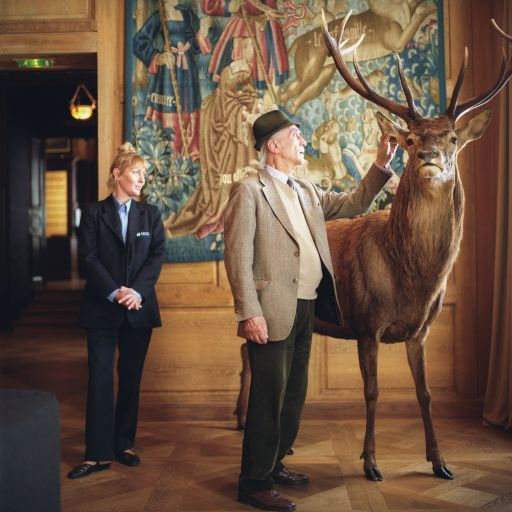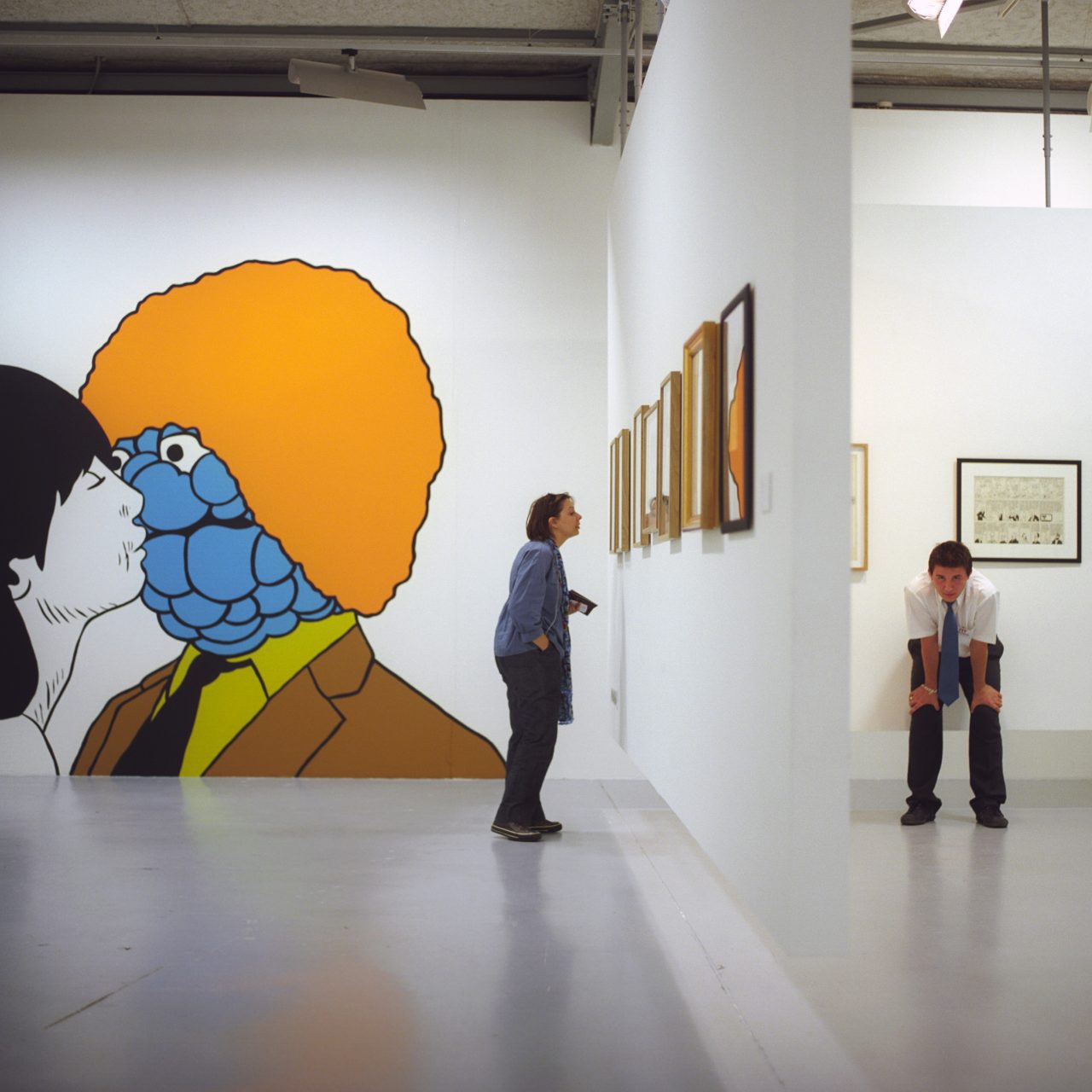Truth is traditionally defined in terms of concepts or propositions related to the world, yet truth also correlates with social conventions and agreements.
Beliefs are wilful constructions of the mind.1 They are also forms of convention. It is expected from a person to behave as if the things they believe are true. To believe, then, is to accept a proposition as true, without investigation. This means that beliefs can be false even if the person accepts them as true. While a proposition has to be true or false, beliefs can be about true or false propositions.2

Epistemology is the theory of the nature of knowledge, based upon the rationalization of belief and issues of ethics, logic, and metaphysics. Via epistemology, we attempt to answer questions such as “What do we know?” “What makes what I know true?” “What makes beliefs justified?” and “How do we know that what we know is justified?”
For a belief to constitute knowledge requires justification. If knowledge is a belief in a true proposition—one that a person is justified in holding as true—it comes through a process of learning. The conditions under which a person is justified to believe something as true cannot always meet with a cognitive relationship between information and true propositions.
A belief is true, then, only if it is consistent with the other things a person believes.

Humanity, individually or collectively, often finds it difficult to take positions outside of its belief systems. Social knowledge cannot be explained by examining individuals in isolation from one another—the scope of knowledge must be related to broad social contexts. It is necessary to explore the ways beliefs can be justified in social situations, in which individuals are influenced by the statements of other individuals.
Ignorance is a lack of knowledge and of confirmed information. An ignorant person is someone who deliberately ignores or denies facts, or who limits their interactions to other persons who ignore or deny facts. Ignorance can be factual ignorance, as in absence of knowledge, or object ignorance, as in lack of awareness of something.
Biased news reporting presents information in a socially or politically slanted way, giving false information presented as fact. If news reporting is marked by the desire to deceive, or to make people believe in something that does not exist, it presupposes the intervention of language. A complex and paradoxical manipulation emerges, which means that the reportage cannot exist without the partial or total complicity of the people who are its receptors, and who are no longer simply victims, but active partners in the deception.3
This era has produced the oppressive sensation of being constantly subjected to alarming news, the increasing impact of which destabilizes the well-being of people.
Wars, racism, and religious fanaticism, along with the collapse of biodiversity and global warming, are nurturing widespread confusion between objectivity and subjectivity.

By 2015, the major media outlets had entered a crisis of confidence. By October 2016, Julian Assange, founder, editor and publisher of WikiLeaks, seemed to drive the news cycle more than the major news organizations.4 Media organizations accepted the idea that readers would seek the information they wanted, and that therefore, decisions by editors and producers had become meaningless, and true and false information was equally shared.
Scientists use theoretical and observational approaches to develop a naturalistic understanding of the world. In the development of scientific fields, certain claims achieve stability in the face of further experimentation. Once a claim reaches this stage of widespread acceptance, it transitions from claim to fact.5 This transition, nevertheless, is still an open hypothesis rather than a truth taken for granted.

In media, as in science, the gatekeepers, with their awakening to the danger of the game of truth and falsity, realized that their decisions were critical to social life, and wrong decisions could prevent people from leading normal lives, from reaching important decisions concerning matters of health and safety, the facts of history, geography, and world politics, as well as the matter of the world’s ecosystem.
Anti-media sentiment now spans the political spectrum and saturates societies around the world. Most people do not believe in the information available to them, and feel that common cultural truths are broken. People feel misrepresented and misunderstood by political institutions, and by the media. This fragile situation is a breeding ground for the rise of populists, who use it to their own advantage.
Scepticism comes easily to the conspiracy theorist, who builds alternative realities to supplant the official ones, giving voice to biased views. It is tempting to blame the internet, which offers a multiplicity of sources of information, and acts as an active agent in the world-wide lack of certainty.
Fake news manipulate the debate, and manipulate an audience unaccustomed to critical thinking. As Elizabeth Kolbert put it, “The vaunted human capacity for reason may have more to do with winning arguments than with thinking straight.”6

The vaunted human capacity for reason may have more to do with winning arguments than with thinking straight
Elizabeth Kolbert, Writer
One’s reality as one’s truth is not necessarily carrying only one identity; to be only one as “I am” can often present various identities at once, i.e. for Romain Gary, that could write in few different styles under pseudonyms as Émile Ajar. Many identities allow one to function through various competences, several ways of thinking and styles.
Artists are exercising sensorial capacities to feel and guide their resources into new revelations, new compositions and harmonies, new proposals and even new aesthetics, while digging into the ethical question. Any subject, theme, object or idea emulates the versatility of humanity and its global knowledge – they convey representative meaning, knowledge and intangible meanings.

To quote Robert Filliou, “art is what makes life more interesting than art”.
Art is made up of an infinite number of different and singular ways of questioning, from discovering, perceiving, to generating, narrating, resisting, criticizing, proposing and acting.
The responsibility of the artist does not only lie in intellectual or aesthetic research but also in their capacity to question, to criticize and finally to awaken consciousness.
Artists often treat reality in a subjective sense, for example FLUXUS dealt in the domain of the concrete expression around events related to everyday life. In Ben Vautier’s words, who calls that phenomena an “interpretation of the reality through reality”, it consists in communicating the mindfulness that all the details of reality are in themselves a presentation.
While the artist transforms life in a passionate way, representing and communicating LIFE through simple attitudes, one can claim that ALL IS ART AND ART IS LIFE. (…)7

References
1William James and the Willfulness of Belief by Richard M. Gale, university of Pittsburgh, published in Philosophy and Phenomenological Research in Vol. 59, No. 1 (Mar., 1999), pp. 71-91 (21 pages), Publisher: International Phenomenological Society.
2Anthony Kenny, “Knowledge, Belief, and Faith”, JOURNAL ARTICLE published in Philosophy, by Cambridge Univ., in Vol. 82, No. 321 (July 2007), pp. 381-397
3L’IMPOSTURE Actes from International Colloque of Littérature /La Tortue Verte is a Revue on ligne of Francophones/www.latortueverte.com, see P 3
4https://www.nytimes.com/2020/10/25/business/media/hunter-biden-wall-street-journal-trump.Paper
5https://elifesciences.org/articles/21451 Publication bias and the canonization of false facts Silas Boye Nissen, Tali Magidson, Kevin Gross,Carl T Bergstrom – corresponding authors/ in 2016/
6why-facts-dont-change-our-minds By Elizabeth Kolbert, February 19, 2017 see here: https://www.newyorker.com/magazine/2017/02/27/
7Art and Life: A Metaphoric Relationship/by Richard Shiff/a Critical Inquiry/in Vol. 5, No. 1, Special Issue on Metaphor (published in Autumn, 1978), pp. 107-122 Publisher: The University of Chicago Press /https://www.jstor.org/stable/1342980
Painter with a Master of Fine Arts from New York University and has been exhibited internationally in solo and group shows. Since 1984, she has published several essays and a book, and has initiated multidisciplinary art events and conferences in the USA, Europe, Africa, Asia, and the Middle East, promoting, via the arts, a better knowledge of cultural diversity and fostering intercultural dialogue. In 2003, she founded Mémoire de l’Avenir. She has collaborated with public and private institutions, including UNESCO, CIPSH, Musée du quai Branly, Centre George Pompidou, the Louvre, Dapper, Musée d’Arts et d’Histoire de Judaism, the Institut du Monde Arabe, and Musée de l’Homme.
Myriam Tirler is a graduate of the Vevey School of Photography in Switzerland. She lives and works in Paris, pursuing a personal photographic projects while carrying out commissions for the press, institutions and also collaborating with other artists, architects and choreographers. She creates portraits but is also interested in the relationship between the body and space.
myriamtirler.com
Painter with a Master of Fine Arts from New York University and has been exhibited internationally in solo and group shows. Since 1984, she has published several essays and a book, and has initiated multidisciplinary art events and conferences in the USA, Europe, Africa, Asia, and the Middle East, promoting, via the arts, a better knowledge of cultural diversity and fostering intercultural dialogue. In 2003, she founded Mémoire de l’Avenir. She has collaborated with public and private institutions, including UNESCO, CIPSH, Musée du quai Branly, Centre George Pompidou, the Louvre, Dapper, Musée d’Arts et d’Histoire de Judaism, the Institut du Monde Arabe, and Musée de l’Homme.
Myriam Tirler is a graduate of the Vevey School of Photography in Switzerland. She lives and works in Paris, pursuing a personal photographic projects while carrying out commissions for the press, institutions and also collaborating with other artists, architects and choreographers. She creates portraits but is also interested in the relationship between the body and space.
myriamtirler.com
